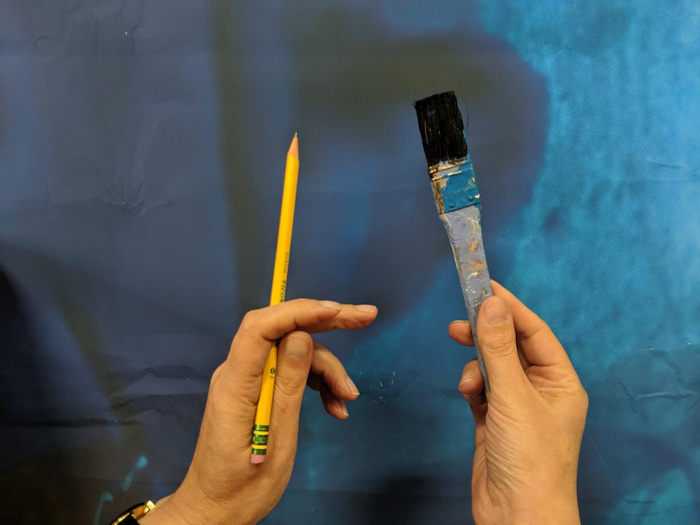
Occupational therapy (OT) has been widely used to help children with ADHD and other learning and physical disabilities perform their daily activities.
Compared to art therapy, occupational therapy focuses more on physical abilities than emotional ones. Arts and crafts has deep roots in the history of occupational therapy and also has a variety of benefits that have been proved in practice.
However, many children have limited access to occupational therapy. Combining occupational therapy with art classes can help children develop and express their sense of self, transform their experience, gain a sense of purpose, and build social support.
Here are a few ways occupational therapy can be used in art:
- A multi-step art project with visual instructions can help children with ADHD gain self-confidence. For example, children with ADHD may feel overwhelmed when faced with a big task. An art project with multiple easy steps, such as origami or painting, can help them simplify big projects. With clear instructions and visuals, a multi-step project can give children a lot of confidence.
- Music and mindfulness can be calming for children. Many children have impulsive behaviors, which can raise anxiety levels. Meditating and listening to relaxing music can help children release stress and feel in charge of their own brains and bodies.
- Arts and crafts projects can help children with motor skills and hand-eye coordination. Simply holding a colored pencil or using a paintbrush in art can help children’s motor skills tremendously. Arts and crafts can even be combined with STEAM projects for older children to further develop creativity, improve motor functions, and lead to more curiosity about the world.
- Using different colors and visual cues can help self-expression and focus. The ADHD brain can be overstimulated by black-and-white colors. Using a variety of colors can help students focus and learn—and can also serve as a means of self-expression.
Most importantly, art is fun for children. It is also vital in a child’s development and when combined with techniques from occupational therapy, can serve a greater purpose. Many children, parents, and teachers can benefit from combining art with occupational therapy in a positive learning environment.
Read more about at-home occupational therapy techniques for children.
References:
Levine, R. E. (1987). The influence of the arts-and-crafts movement on the professional status of occupational therapy. American Journal of Occupational Therapy, 41(4), 248-254.
TeBeest, R., Kornstedt, K., Feldmann, C., & Harmasch, L. (2002). The use of expressive arts in various occupational therapy settings. Occupational Therapy Program.

